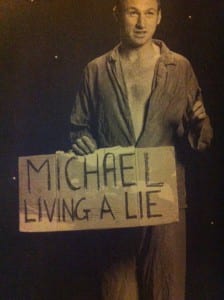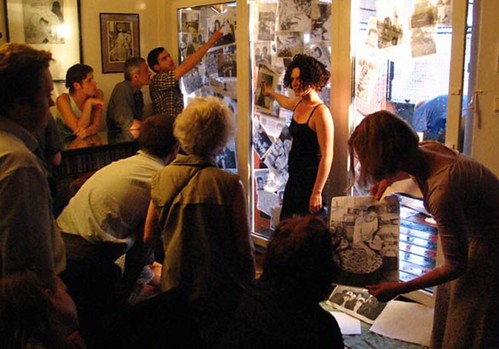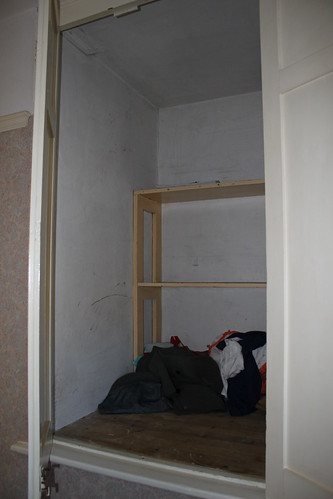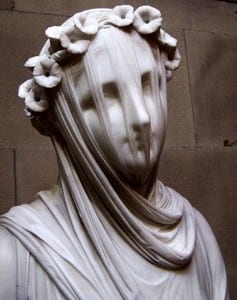Previously in our performance in the living room, we decided to have a video with 5 minute sections of different films and bits of CCTV footage constantly playing as the audience sit in our space. As we watched tapes about home, and privacy such as ‘rear window’ and ‘life is sweet’ we instantly found ourselves asking the question ‘who is that actor?’. This gave us an idea about coming up with different characters and playing with the idea of “who’s that?” Each of us came up with characters of our own some real and some made up. An example of one of my characters is
Julie key – Elvis Presley’s secret daughter he had by having an affair with the presidents wife.
We then expanded this idea by incorporating the pizza boxes we have been using and writing on them asking questions to each other about our audience member, we tested this with an audience member and the reactions that we got were really interesting. They said that they felt like they were being talked about, which made them want to know what was being said about them. One idea that I have had since having an audience member, is to never show them the box so they will go away wondering what we have written about them, so they go away not knowing and will always wonder what was said. Or we could go a totally opposite way and show them what we have written about them, they won’t fully understand but there’s something interesting about the fact that they will never really understand what it means and will always wonder who the character is and why we related that character to them. Another idea is that each of the performers have a sign or a label on them, saying there name or a made up name. Or something personal about us, giving the audience member an insight into us as people. An example of this is in the picture below which I have taken from “Certain Fragments” written by Tim Etchells.

When reading the section on performance I had a lot of ideas for us to incorporate his work into ours. “Writing for performance doesn’t necessarily have to be a script it can be a range of different types of writing for example- a text of half remembered songs, a text for a megaphone, love letters, posters, emails or a text of nonsense”. ((Caroline moore. (2012). On performance writing. Available: http://worldtheatre2.wordpress.com/2012/11/05/on-performance-writing-tim-etchells/. Last accessed 17/03/2013.)) Text of nonsense really interested me, the idea that what we write on the pizza boxes or maybe even signs on the wall covered in made up words, no punctuation or even a made up language on them, or even in a different language all together. Maybe even shapes and pictures that don’t mean anything. We will know what we have said about them but the audience will never unless they look it up after the performance. This idea is carrying on from earlier, the idea that the performance carries on even after it has finished. We could even ask the audience to write something on the boxes, asking them to write their thoughts about home or even make their own character so we as performers take something away from each audience member. In the last section I experimented as we sat in the space by taking a pizza box and just writing the first things that came to my head by the end of the session I had covered the whole box. I would like to do more of this because the writing I wrote, even though it didnt really make any sense was really interesting and could be incorporated into our performance.




